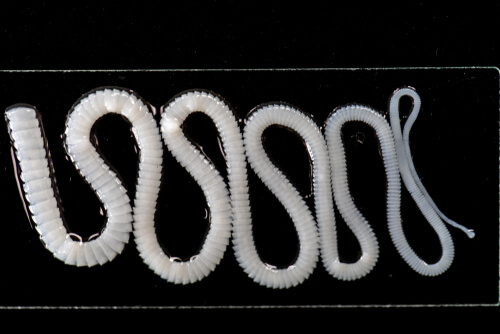
Most of the tapeworm contaminations that you’ll see stem from the consumption of undercooked fish, pork, or other types of raw meat. That said, it isn’t the only way to get tapeworm contamination. The other way that some people get tapeworm contaminations is through human to human transmission. One of the ways that this happens is through poor hygiene such as someone failing to wash their hands following a trip to the bathroom then preparing dinner. People who live near livestock or even wild animals could also get tapeworm contaminations.
Generally, areas with poor sanitation are also at higher risk than those in developed countries. Tapeworm contaminations are far more prominent in developing nations that still struggle to fund their sanitation. The population in developing nations also eat raw meats more frequently than other modernized nations.
Bear in mind that not only people who live in these areas are at risk. Those traveling to these parts in the world might also pick up the infection and then bring it home with them.
1. Undercooked fish
One of the easiest ways to get tapeworm contaminations is by eating undercooked fish. The broad tapeworms that can infect fish are prominently present in freshwater species like perch, trout, salmon, and walleyed pike. Fish that are smoked, salted, or pickled could be insufficiently cooked — at least not in the capacity needed to kill off the tapeworms that might be within them.
Fish who are infected with this variety of tapeworm is more often found in the Northern hemisphere in comparison to the Southern hemisphere. To avoid this type of tapeworm contamination, it’s imperative that you ensure any fish you eat, regardless of its origin point, is sufficiently cooked to not only remove parasites but also any bacteria or viruses that may be lurking within the protein. This also puts sushi restaurants at risk since they don’t cook their fish, and just serve them raw with a side of oyster sauce.



